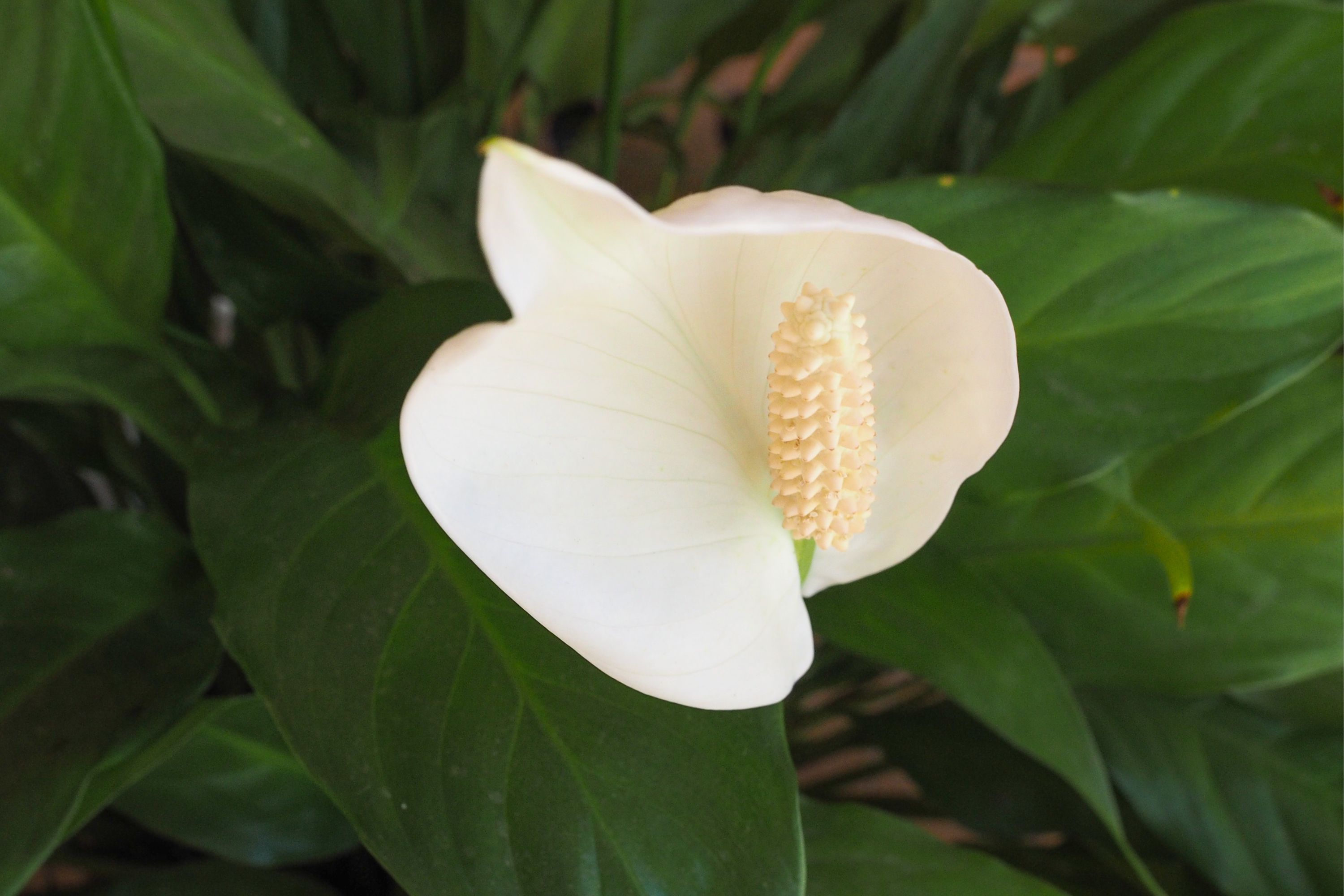Water arum
(Calla palustris)

Description
Caltha palustris, known as marsh-marigold and kingcup, is a small to medium size perennial herbaceous plant of the buttercup family, native to marshes, fens, ditches and wet woodland in temperate regions of the Northern Hemisphere. It flowers between April and August, dependent on altitude and latitude, but occasional flowers may occur at other times. Calla (bog arum, marsh calla, wild calla, squaw claw, and water-arum) is a genus of flowering plant in the family Araceae, containing the single species Calla palustris. It is a rhizomatous herbaceous perennial plant growing in bogs and ponds. The leaves are rounded to heart-shaped, 6–12 cm (2+1⁄4–4+3⁄4 in) long on a 10–20 cm (4–8 in) petiole, and 4–12 cm (1+1⁄2–4+3⁄4 in) broad. The greenish-yellow inflorescence is produced on a spadix about 4–6 cm (1+1⁄2–2+1⁄4 in) long, enclosed in a white spathe. The fruit is a cluster of red berries, each berry containing several seeds. The plant is very poisonous when fresh due to its high oxalic acid content, but the rhizome (like that of Caladium, Colocasia, and Arum) is edible after drying, grinding, leaching and boiling. It is native to cool temperate regions of the Northern Hemisphere, in central, eastern and northern Europe (France and Norway eastward), northern Asia and northern North America (Alaska, Canada, and northeastern contiguous United States). The genus formerly also included a number of other species, which have now been transferred to the separate genus Zantedeschia. These plants from tropical Africa, however, are still often termed "calla lilies" but should not be confused with C. palustris.
Taxonomic tree:







